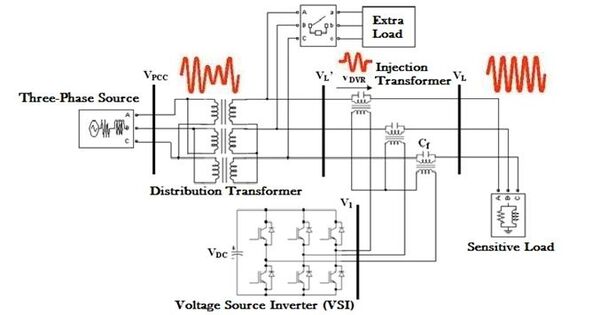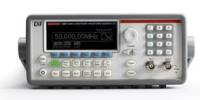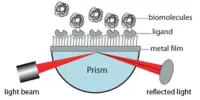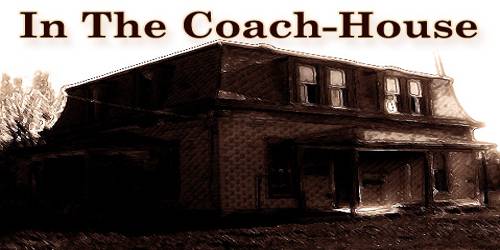Dynamic voltage restoration (DVR) is a technique for mitigating voltage sags and swells in electrical power distribution. It is a technology used in power systems to reduce voltage sags or dips, which are brief drops in voltage levels. These are problematic because spikes cost electricity and sags degrade the efficiency of some equipment. Voltage sags can be generated by a variety of events, including rapid changes in load, system malfunctions, and the start of powerful motors.
DVR systems are often installed at important locations across the power distribution network. When a voltage sag occurs, the DVR rapidly identifies the variation from the target voltage level and injects compensatory voltage into the system to return it to its nominal level. This compensation is typically achieved by injecting voltage from energy storage devices such as capacitors or batteries.
Here’s how DVR typically works:
- Detection: The DVR system continuously monitors the voltage level at the point of connection to the load. When it detects a voltage sag or dip beyond a predefined threshold, it activates the compensation process.
- Energy Storage: DVR systems often incorporate energy storage devices such as capacitors or batteries. These storage devices store energy when the voltage is normal and discharge it rapidly when voltage sag occurs.
- Voltage Injection: When voltage sag is detected, the DVR system quickly injects additional voltage into the system using power electronics-based converters. This injected voltage is typically in phase with the grid voltage and of sufficient magnitude to compensate for the sag.
- Restoration: By injecting the additional voltage, the DVR system effectively restores the voltage at the point of connection to its nominal level, mitigating the impact of the voltage sag on sensitive loads.
Advantages and Applications
DVR saves energy by introducing voltage injections that can alter the phase and wave shape of the electricity being provided. DVR devices include static var devices, which are series compensation devices that use voltage source converters (VSCs). The first such system in North America was installed in 1996, with a 12.47 kV system in Anderson, South Carolina.
DVR systems’ primary advantage is their capacity to respond quickly to voltage disturbances, limiting the impact on sensitive equipment and maintaining continuous operation in essential applications such as industrial processes, data centers, and sensitive electronic equipment.
In addition to voltage restoration, DVR systems may perform harmonic mitigation and reactive power adjustment, which improve the power system’s stability and reliability. Overall, DVR technology is critical for ensuring power quality and dependability in modern electrical networks.
















